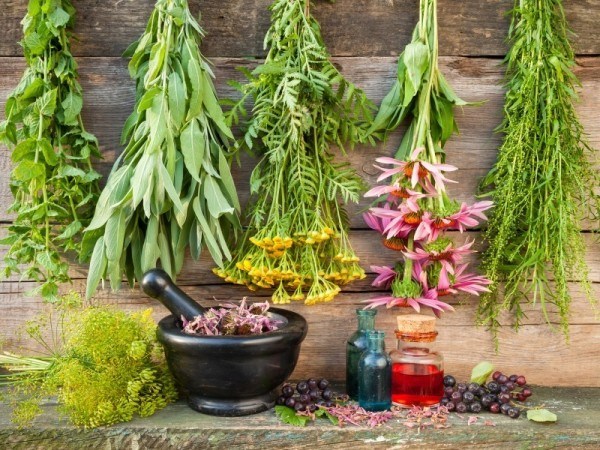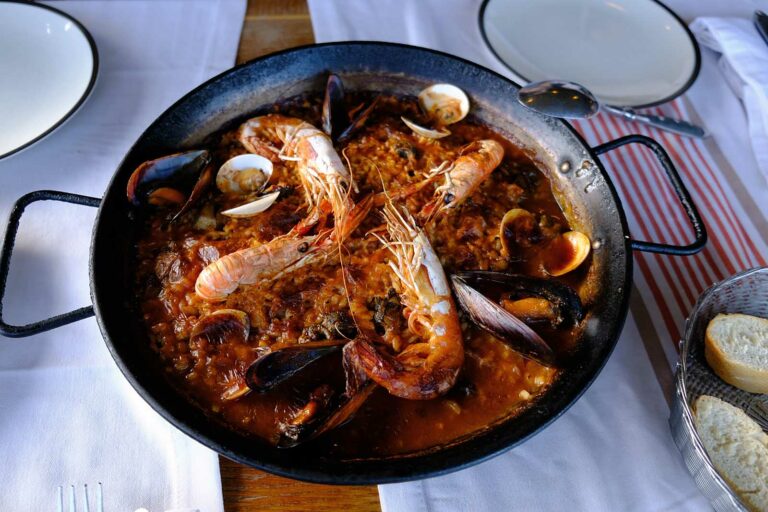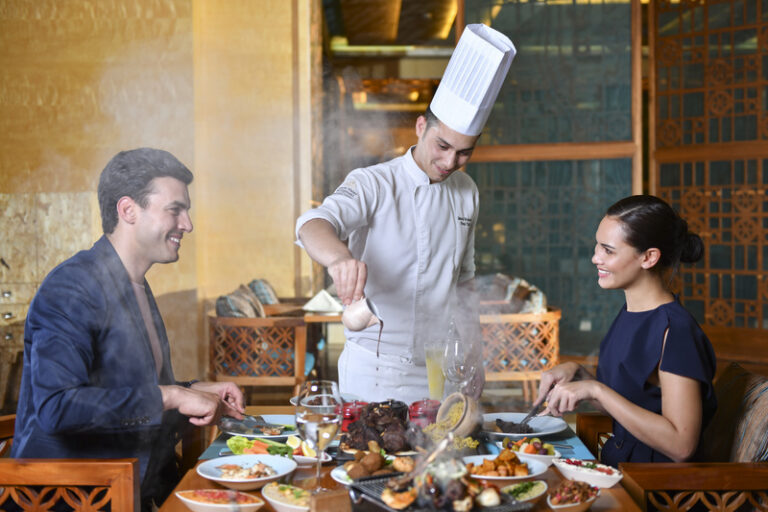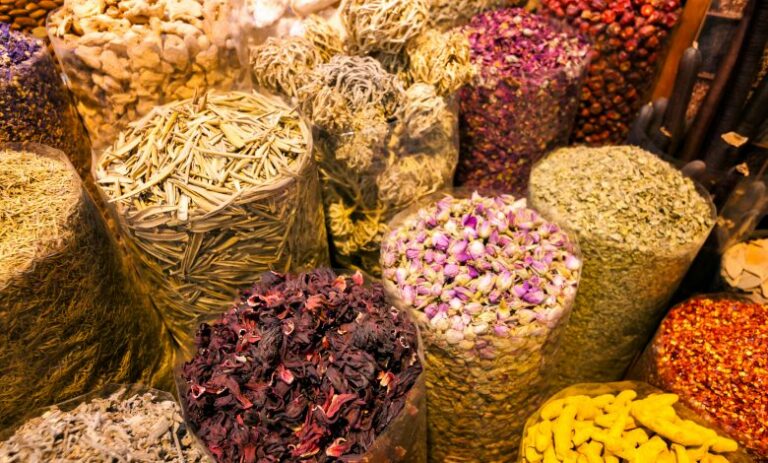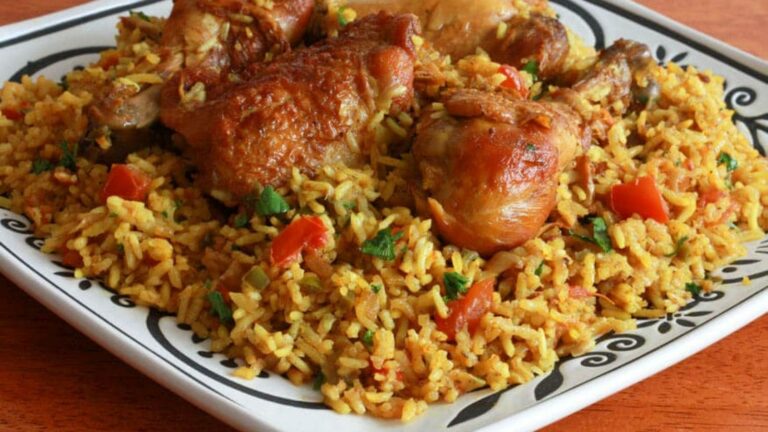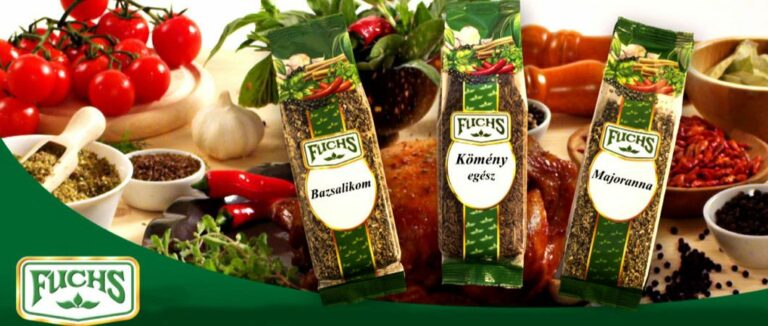Introduction: Polish cuisine’s cultural heritage
Polish cuisine boasts a rich heritage that has been influenced by various cultures, including German, Jewish, and Ukrainian. The country’s culinary traditions have evolved over centuries and have been shaped by the country’s geography, history, and climate. The use of local ingredients such as potatoes, cabbage, and beets has been a hallmark of Polish cuisine. Polish cuisine is also characterized by its hearty and simple dishes, using a variety of spices and herbs.
Traditional Polish cooking methods
Polish cuisine relies heavily on traditional cooking methods that have been passed down from generation to generation. One of the most popular cooking techniques in Polish cuisine is slow cooking, which is achieved through a variety of methods such as braising, stewing, and roasting. Additionally, grilling is a common method used in Polish cuisine, especially during the summer months. Another unique cooking method is steaming, which is used to prepare pierogi, a Polish version of the dumpling.
Fermentation in Polish cuisine
Fermentation is a common technique used in Polish cuisine to preserve food and enhance its flavor. Sauerkraut, a fermented cabbage dish, is a staple in many Polish households. Other fermented foods include pickles, which are made from cucumbers or other vegetables, and kwas chlebowy, a sourdough bread drink. Fermentation not only preserves food but also adds a unique tangy flavor to dishes.
The art of pickling in Polish cuisine
Pickling is another popular technique used in Polish cuisine to preserve food. Pickled cucumbers, beets, and mushrooms are common in many Polish dishes. The art of pickling involves soaking the chosen vegetable in a brine of vinegar, salt, and spices. The acidity of the pickling liquid adds a tangy flavor to the vegetables and helps to preserve them for longer periods.
Smoking in Polish cuisine
Smoking is a technique used in Polish cuisine to add flavor to meats, cheeses, and fish. Hickory or applewood is commonly used for smoking, and the process can take several hours. The most famous smoked Polish dish is kiełbasa, a type of sausage that has become a staple of Polish cuisine. Smoking is also commonly used to prepare ham, bacon, and other meats.
Boiling and baking in Polish cuisine
Boiling and baking are traditional methods used in Polish cuisine to prepare a variety of dishes. Boiling is commonly used to cook potatoes, beets, and cabbage, which are staple ingredients in Polish cuisine. Baking is used to prepare bread, cakes, and pastries. One of the most famous Polish baked goods is the babka, a sweet yeast cake that is traditionally served during Easter. Additionally, pierogi, which are boiled, can also be baked or pan-fried to add a crispy texture.
In conclusion, Polish cuisine uses a variety of unique cooking techniques that have been passed down from generation to generation. Fermentation, pickling, smoking, and slow cooking are all common techniques that contribute to the bold and hearty flavors of Polish cuisine. Additionally, boiling and baking are traditional methods used to prepare a variety of dishes. These cooking techniques contribute to the rich cultural heritage of Polish cuisine.


